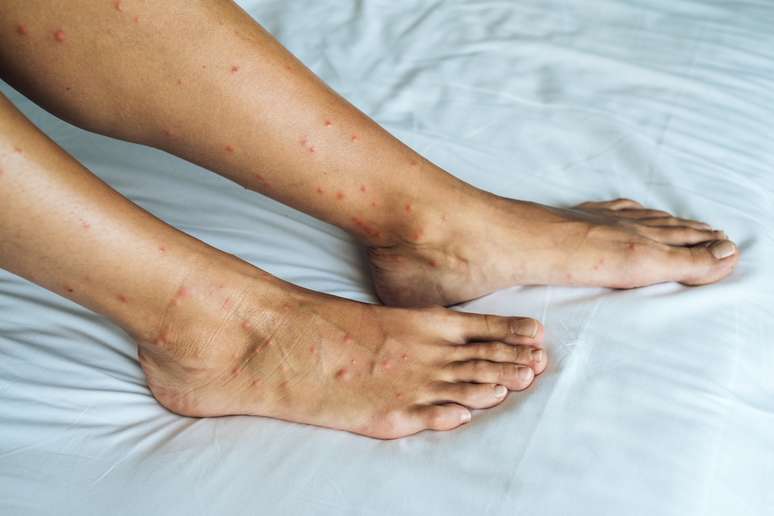The symptoms of the disease are very similar to those of dengue
A 42-year-old man, resident in the southern area of the city of Rio de Janeiro, had a confirmed diagnosis of oropouche fever. According to the State Department of Health (SES-RJ), this is the first onset of the disease recorded in Rio de Janeiro. However, the department believes this is an imported case, as the patient has a history of travel to the Amazon.
The diagnosis was confirmed through laboratory examination. The analysis was carried out by the Evandro Chagas National Institute of Infectious Diseases (INI), of the Oswaldo Cruz Foundation (Fiocruz). The result was announced this Thursday (29). According to SES-RJ, the patient did not need to be hospitalized and his clinical condition was improving well.
Oropouche fever is a disease caused by an arbovirus. There is no specific treatment, but the patient must remain at rest and receive medical supervision. To relieve the symptoms, common analgesics and antipyretics, which are very similar to those of dengue, can be prescribed. They generally last two to seven days and include fever, headache, back and joint pain, and dizziness, pain behind the eyes, rash, nausea and vomiting may also occur. In some cases, encephalitis also occurs.
Transmission, however, does not occur through the bite of Aedes a Egypti but rather by other mosquitoes, especially Culicoides paraensis, known as maruim. They proliferate especially during periods of heat in humid environments, such as in areas near mangroves, lakes, swamps and rivers. But they are not limited to rural areas, being present in urban spaces with available water and organic matter, especially near vegetable gardens, gardens and trees. Furthermore, Culex quinquefasciatus, one of the species popularly called mosquitoes, can also act as a vector.
In Brazil, outbreaks of the disease have been recorded in the Amazon region since the 1970s. In the state of Amazonas, where the disease has been most widespread in recent years, the increase in transmission in the first two months of 2024 has generated an epidemiological alarm. There are now 1,674 laboratory-confirmed cases, according to the latest epidemiological bulletin, published on Thursday by the Amazon Health Department (SES-AM) (29). This is already more than the total recorded last year, when the department recorded 995 events. According to SES-AM, the tests were carried out on symptomatic patients who tested negative for dengue.

What are the best repellents to protect against dengue?
Outbreaks have also been recorded in Acri and Rondônia. Last week, the Ministry of Health and Fiocruz held the 1st Workshop in Manaus to discuss surveillance, care and research on Oropouche fever. The event brought together researchers and health leaders from the most affected states with the aim of proposing a strategy to investigate the disease and establish criteria and methods that can be used for diagnostic and clinical monitoring purposes.
Since the Rio resident’s case is considered imported, the SES-RJ rules out that the virus is circulating in the state so far. Fiocruz, however, warns of the possibility of oropouche fever spreading throughout the country.
Source: Terra
Ben Stock is a lifestyle journalist and author at Gossipify. He writes about topics such as health, wellness, travel, food and home decor. He provides practical advice and inspiration to improve well-being, keeps readers up to date with latest lifestyle news and trends, known for his engaging writing style, in-depth analysis and unique perspectives.








